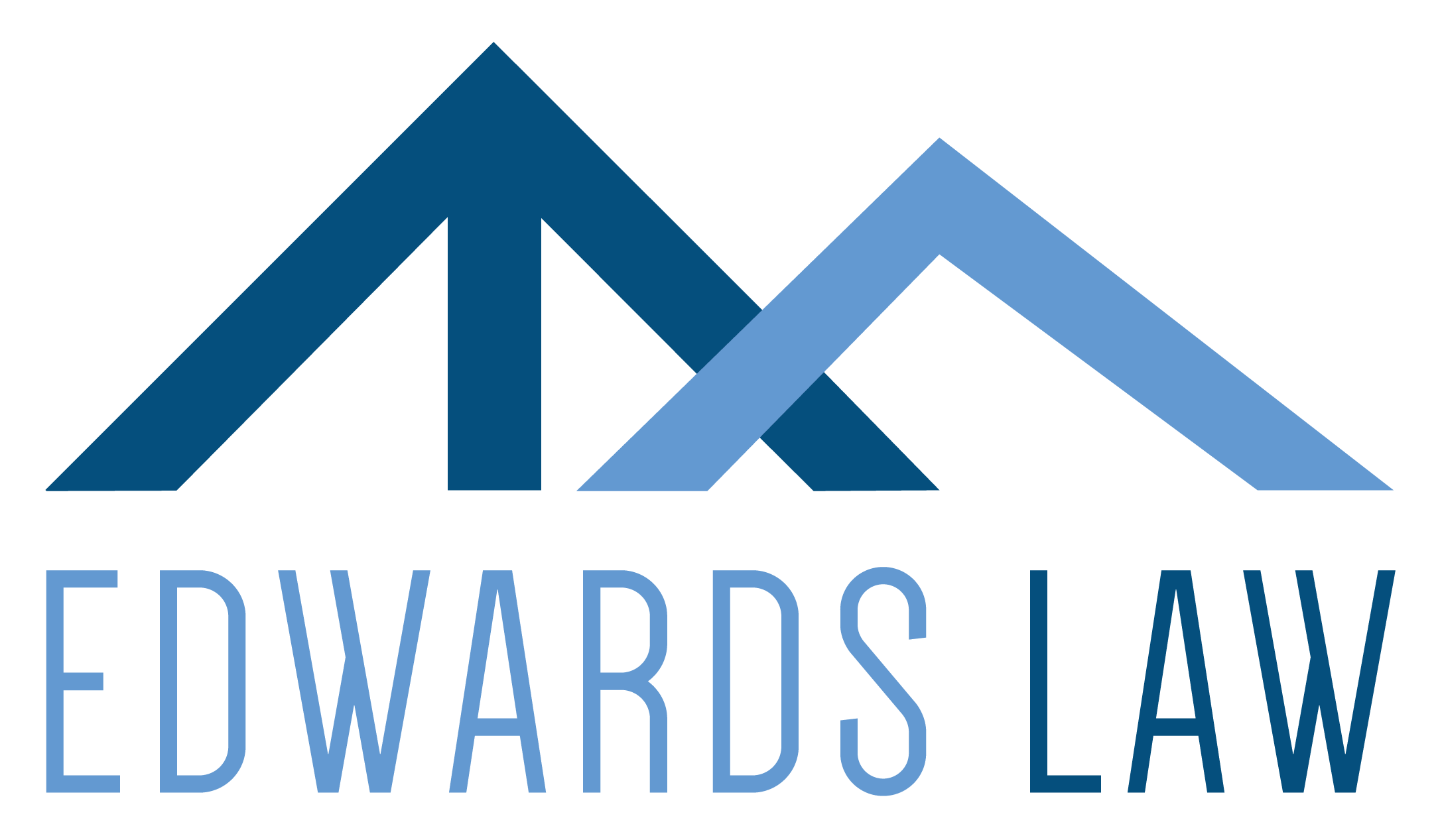
02 Jul Nondisclosure Agreements For Corporate Transactions
Earlier this year we discussed the importance of using strong nondisclosure agreements or “NDAs” with your customers or suppliers. Such agreements are equally important when negotiating a corporate transaction, and are by far one of the most effective ways to protect your business from protracted litigation, our most recent topic in the last several blogs.
When your business negotiates a corporate transaction, it will necessarily share its secrets with the other party, in order to meaningfully evaluate the proposed deal/s on the table. Nondisclosure agreements are particularly important because there is no obligation for the parties to execute the proposed transaction. When negotiations governed by an NDA give rise to a situation where the deal is not completed and a dissatisfied suitor is left in possession of confidential information, your company must ensure the terms of the NDA prevent this information in the other party’s hands from being misused.
What Should Be Included In Nondisclosure Agreements?
As set out in some detail in our prior blog, your company’s nondisclosure agreement must contain very detailed information to prevent the parties from using information obtained during friendly negotiations to launch a hostile transaction. In general, your company’s NDA will need to 1) state that the parties have agreed to exchange confidential information in contemplation of entering into some kind of transaction; 2) define what qualifies as confidential information; 3) establish the duties of the party or parties receiving the confidential information; 4) include a “use provision,” setting forth acceptable uses to which the information may be put; 5) include a “standstill” provision, which prevents the recipient of confidential information from initiating a hostile transaction; 6) include a “non-solicitation” provision, which prevents the recipient of confidential information from poaching the disclosing party’s personnel; and (7) include a remedies and damages clause, which acknowledges the inadequacy of money damages to remedy a breach of the NDA and permits the parties to the NDA to seek equitable relief, in addition to available remedies at law.
The length of time that the NDA will remain in place depends on the type of transaction and the potential use of the gathered information. A common NDA term is two years, but some nondisclosure agreements will not specify a termination date, implying a perpetual term, or a presumptively perpetual survival of the agreement’s confidentiality provisions.
Use Provisions
NDAs should contain a statement about how the confidential information may be used. Most nondisclosure agreements create what is called a “positive” restriction, which limits the use of confidential information solely to evaluating the proposed transaction “and for no other purpose.” Failure to include this language in the nondisclosure agreement could make it harder to limit the use of the confidential information for future hostile transactions, once in the other party’s hands.
According to recent case law, other similar language if used could also serve the same purpose, such as language restricting use of confidential information to a “business combination between the parties.” Language limiting the use of confidential information to consideration and implementation of a “mutual,” “consensual,” or “negotiated” transaction “between” the parties is also sufficient.
Non-Solicitation Clauses
A non-solicitation clause prevents the recipient of your company’s confidential information from poaching or stealing away your employees. The duration of the non-solicitation period can be anywhere from six months to three years, but one year is the most common period. The clause itself should make the term length clear, rather than by including it in another part of the NDA and referencing the agreement term in the non-solicitation clause.
Standstill Clauses
Standstill provisions prevent the recipient of your company’s confidential information from using this information to initiate a hostile transaction. While most standstill provisions are unilateral (meaning it only affects one party to the transaction), some standstill provisions, depending on the type of deal, can bind both parties. The length of a standstill period can range from 45 days to three years, but most are one year. Similar to the non-solicitation clause, term length for standstill clauses is typically set within the clause itself, rather than by reference to the agreement term in another part of the NDA.
Your company can also get creative with this clause by providing for termination of the standstill clause, in the event the bound party amends the standstill provision in another NDA. Your company can also craft the clause so that it calls for “automatic amendment” to mirror the provisions of that other NDA, but with terms “less favorable.”
“Don’t Ask” Variations to the Standstill Clause
Most standstill provisions, in addition to including the above details, contain a “don’t ask” (“DA”) portion of a “don’t ask, don’t waive” restriction. DA clauses forbid the party bound by the standstill clause from asking the counterparty to waive or amend the standstill. Potential target companies request DA provisions because they do not want to be perceived as being “put in play” by a request for a waiver of a standstill. However DA language could be struck by a court if the frustrated bidder successfully argues the DA language is no longer needed once the target company has reached a definitive agreement with the buyer. Courts have granted such requests where they have perceived the board’s failure to waive a DA provision as creating a problematic information vacuum for the board, which might cause it to violate its statutory and fiduciary obligations.
To address this concern, your company’s DA language should be limited carefully by a “carve-out”, which allows the party bound by the standstill to privately communicate alternative proposals and/or by “fall-away” language, which serves to automatically terminate the standstill in the event of a competing offer. Many standstill provisions include both carve-out and a fall-away limiting language.
Remedies & Damages Clause
Lastly, your nondisclosure agreement must contain a clause that (1) acknowledges the inadequacy of money damages to remedy a breach of the NDA; and (2) permits the parties to the NDA to seek equitable relief, in addition to available remedies at law. The remedies and damages (“R&D”) provision can and should also include language and commitments by both parties making it easier to obtain relief, such as an agreement to waive bond; not seek proof of damages; to allow for indemnification upon a final and non-appealable court order; and to prohibit each party from arguing that money damages would be a sufficient remedy.
Your company should also consider including in your R&D provision a limitation on the type of damages available to remedy a breach, like the following language: “The Parties hereby waive any and all rights to any special, consequential, indirect, punitive or exemplary damages as a result of a breach of this Agreement.”
Consider Edwards Law for your company’s contract needs. Having a solid nondisclosure agreement could be key in successfully protecting your company’s confidential information (and limiting the other party’s strategic options against your company), should the proposed deal fall through.


No Comments